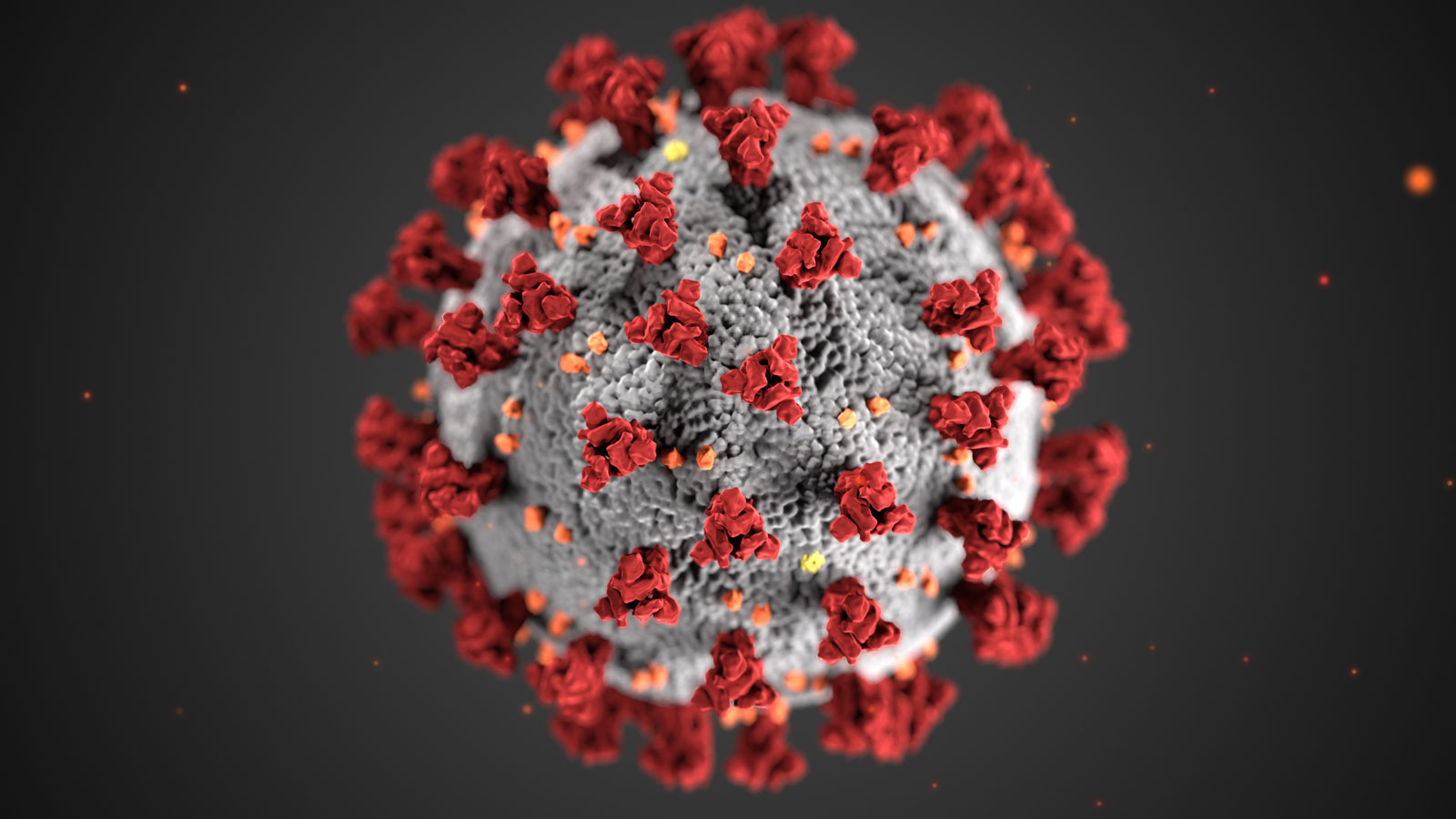Why did excess mortality in the USA in 2020 rise more among young adults than among the cohorts that accounted for almost all COVID deaths?

I crunched some numbers this morning on COVID mortality versus excess mortality in the USA last year, and found some very counter-intuitive stuff.
It’s fairly well known that only about 75% of the excess mortality in the USA last year is accounted for by official COVID deaths (Excess mortality defined here as mortality above the 2019 baseline mortality rate).
But what hasn’t to the best of my knowledge been noted yet is the following pair of apparently contradictory facts: While increasing age was very tightly related to the increased mortality risk caused by COVID, mortality rates in 2020 among younger people in the USA actually increased more than they did among older people.
In other words, as age increased, excess mortality risk caused by COVID increased as well, to the point where among people 75 and older almost all excess mortality risk was attributable directly to COVID. By contrast, among young adults, excess mortality attributable to COVID decreased as cohort age decreased, to the point where among the youngest adults very little excess mortality could be attributed to it. Yet excess mortality rates increased more among young adults than they did among older adults. (As a percentage increase against baseline mortality risk of course. Overall mortality rates are naturally much higher among elderly cohorts).
Here are the numbers, by age cohort, deaths per 100,000 in 2019 and 2020 respectively. The parenthetical number is the COVID death rate per 100,000 in the cohort.
Note: Mortality rates declined in people under 15, including a striking 10% decline in infant mortality. There were almost no COVID deaths among children and adolescents.
15-24. 69.7 83.2 (1.4) 19.4% increased mortality. This would have have been a 2.0% increase from just COVID deaths
COVID accounts for 10% of the excess mortality risk seen in this cohort.
25-34. 128.8 157.9 (5.5) 22.5% increased mortality. This would be a 4.3% increase from just COVID deaths
COVID accounts for 19% of the excess mortality risk seen in this cohort.
35-44. 199.2 246.2 (15.8) 23.6% increased mortality. This would be a 8.0% increase from just COVID deaths
COVID accounts for 34% of excess mortality risk seen in this cohort.
45-54. 392. 4 467.8 (44.2) 19.4% increased mortality. This would be a 8.2% increase from just COVID deaths.
COVID accounts for 42% of the excess mortality seen in this cohort.
55-64. 883.3 1028.5 (105) 16.5% increased mortality. This would be a 11.9% increase from just COVID deaths.
COVID accounts for 72% of the excess mortality seen in this cohort.
65-74. 1765 2069 (249) 17.2% increased mortality. This would be a 14.1% increase from just COVID deaths.
COVID accounts for 82% of the excess mortality risk seen in this cohort.
75-84. 4308. 4980 (636) 15.6% increased mortality. This would be a 14.7% increase from just COVID deaths.
COVID accounts for 94% of the excess mortality risk seen in this cohort.
85+. 13,229 15,007 (1798) 13.4% increased mortality. This would be a -0.15% decline from just COVID deaths
COVID accounts for 100% of the excess mortality risk seen in this cohort.
One question underlying these statistics is, how many COVID deaths were misattributed to other causes? These numbers would seem to suggest the answer is not very many. Deaths from respiratory disease are common among old people and rare among young adults, so all other things being equal one would expect that undercounting of COVID deaths would be more common among older adults, since the rare deaths from respiratory disease among young adults would be less likely to be misattributed to respiratory diseases other than COVID.
Yet among the elderly, deaths attributed to COVID come very close to explaining all the excess mortality rate, which at least suggests that very little undercounting is happening in those cohorts.
The big question is: why did mortality rates rise so sharply among young adults in the USA in 2020, given that COVID, or at least COVID directly, seems to account for so little of that rise? (The indirect effects of the pandemic are a different story of course).
Answering that will require digging more into the precise causes of excess mortality among young people in the USA last year. Back of the enveloping suggests that the rise in the homicide rate accounts for maybe 15% to 20% of the increase in mortality risk among people under 45. Drug overdose rates also shot up among young adults, so that accounts for part of the rise as well. (Whether either of these causes of death is related in some way to the pandemic is yet another tangled epidemiological puzzle to solve).
In any case the social effects of the pandemic would seem to go far beyond its direct effects on population mortality, and most especially among the non-elderly.
Sources:


